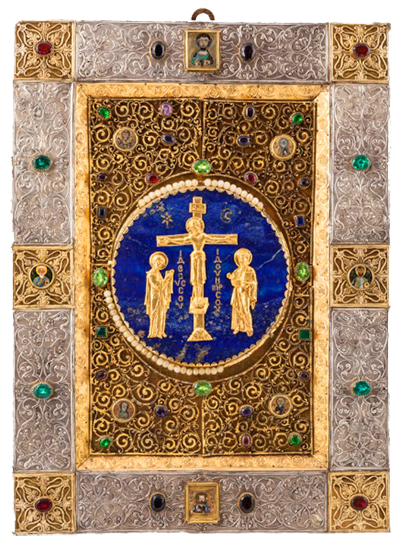
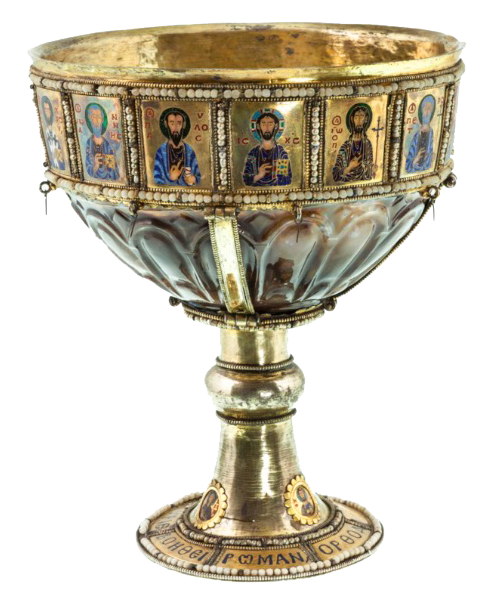
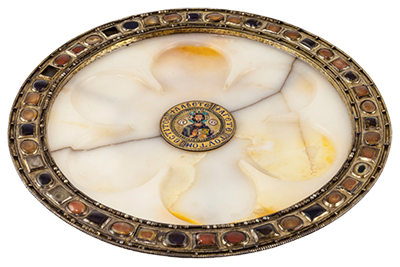
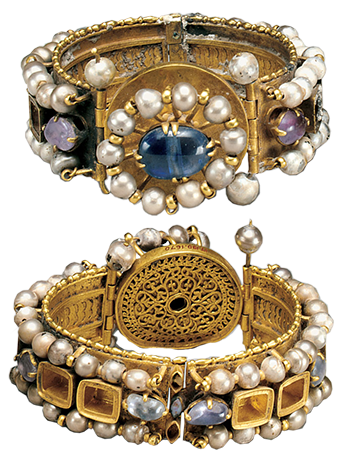
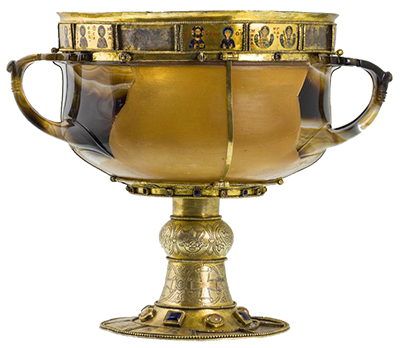
![]()
![]()
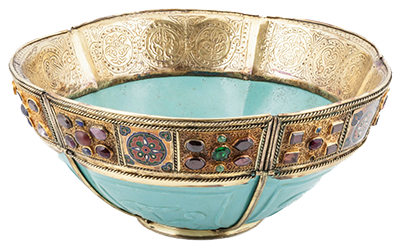
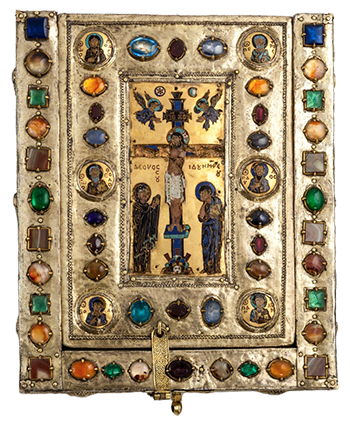

The North Gallery of Hagia Sophia
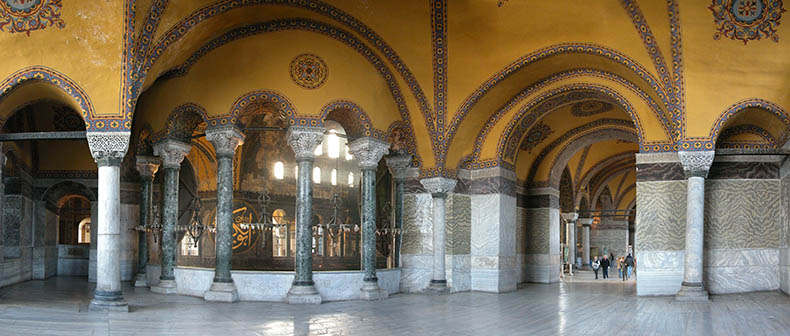
This is view of the far east exhedra in the North Gallery. All of the vaults used to be covered with gold mosaics with decorative elements and religious figures. All of this was lost in the late 19th century. On the far left is an arched passageway. This overlooks the apse. Originally it faced a gigantic mosaic of the Archangel Michael. Today only the tips of his wings and a bit of his shoes survive, This was lost at the same time as the mosaics in the vaults. The North Gallery is very brightly lit because there are few structures on the side of the church here. On the right you can see discolored painted plaster which substitutes for missing Proconnesian marble revetment. The corridor leads to the West Gallery and you can get the scale of this level of the church from the size of the people.
Originally the upper galleries were reserved for women, but in later times they were opened to everyone, except on special occasions like Imperial coronations. Sheer silk curtains were hung between the columns to shield men in the nave from the temping beauties of Constantinople. Everyone stood for services and walked around. You can read an account of an imperial coronation in Hagia Sophia by clicking here.
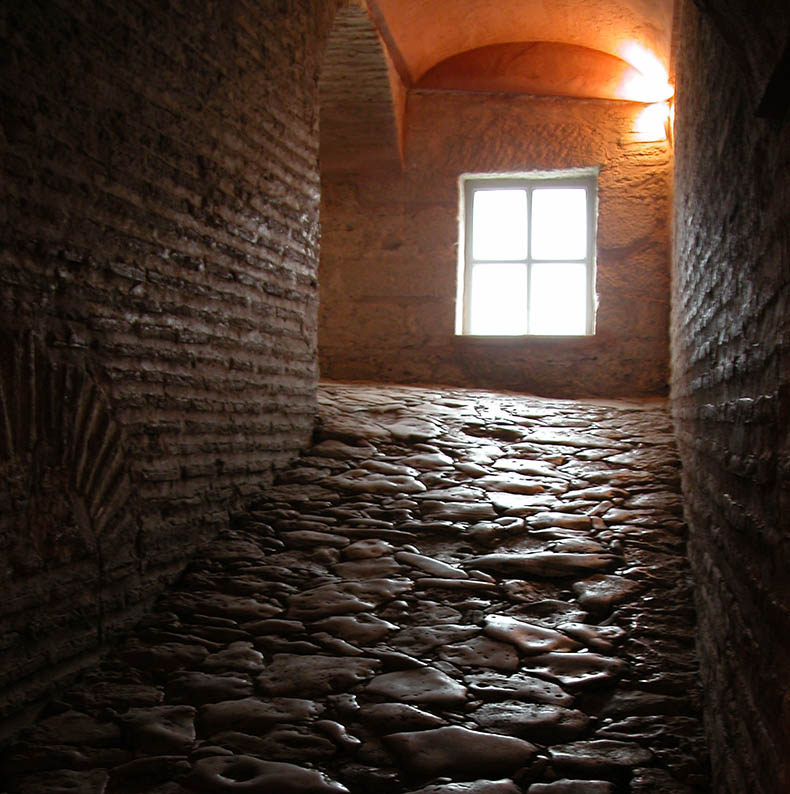
Here is a picture of one of the ramps that leads from the ground floor to the galleries. Those marble cobblestones are very slippery when damp. Byzantines used sedan chairs and you could be taken all the way up the ramp in one.
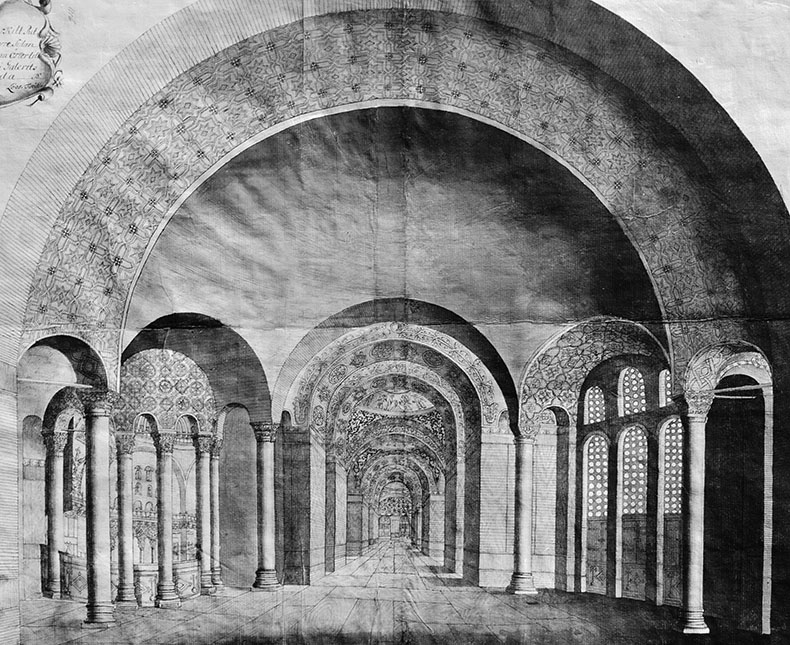
In the early 18th century a Swedish engineer named Cornelius Loo traveled with the King of Sweden, Carl, during his wars with Peter the Great. Carl and large number of his entourage lost the war and escaped to Turkey, where they were the guests of the Sultan. While he was in Istanbul Loos made many drawings of the things he saw, including architecture. He did an amazing set of drawings of Hagia Sophia which document all of lost mosaics. This drawing of North Gallery looks east. You can see the vaults are covered with figures, decorative patterns and carpet designs. The figurative mosaics on the walls have been painted over. All of this was lost in the late 19th century.
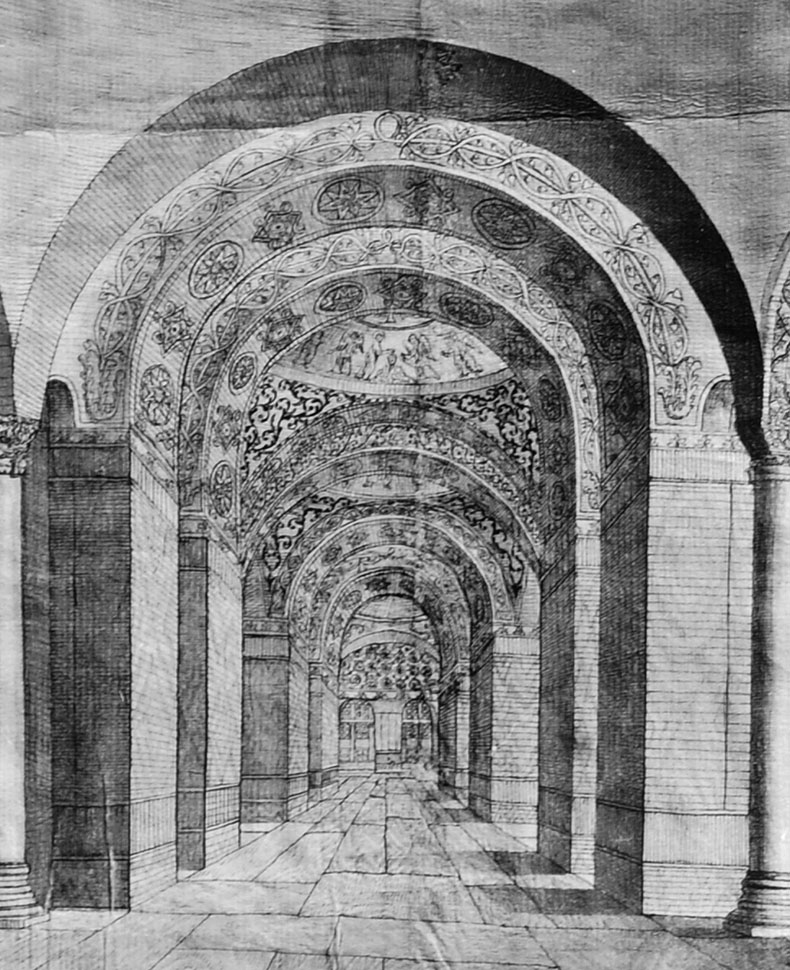
A close-up of that drawing shows us a domed vault with a mosaic of the baptism of Christ. You can see small angels attending Christ by a river. You can learn more about Cornelius Loos and his drawings by clicking here.
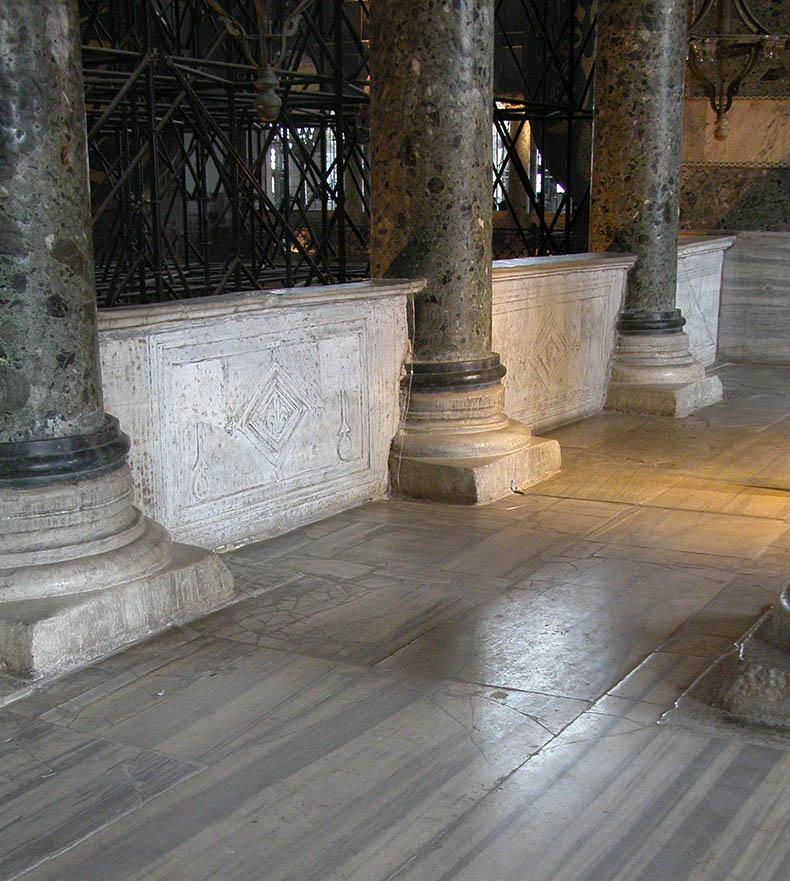
The green columns in Hagia Sophia are made of Verde Antique marble that was mined near Larissa in Thessaly, Greece. The columns in the arcades and the exhedra are different sizes 15 and 14 ft. They were made for the building of Hagia Sophia in the 6th century. Verde Antique was very popular as a building materiel then and was also used for revetment and church furnishing like chancel screens and ambos. If you want to read more about the columns of Hagia Sophia you can visit this page.
In the picture above you can see a white marble parapet. On one of them is a 14th century graffito inscription in old Russian saying "Bezneg Alekosa wrote this. I killed two people".
The original crosses have been chiselled off and white paint has been applied over the damage to try and conceal it. Look at the Proconnesian floor; its original and shows much damage and wear and tear from 1400 years of traffic.
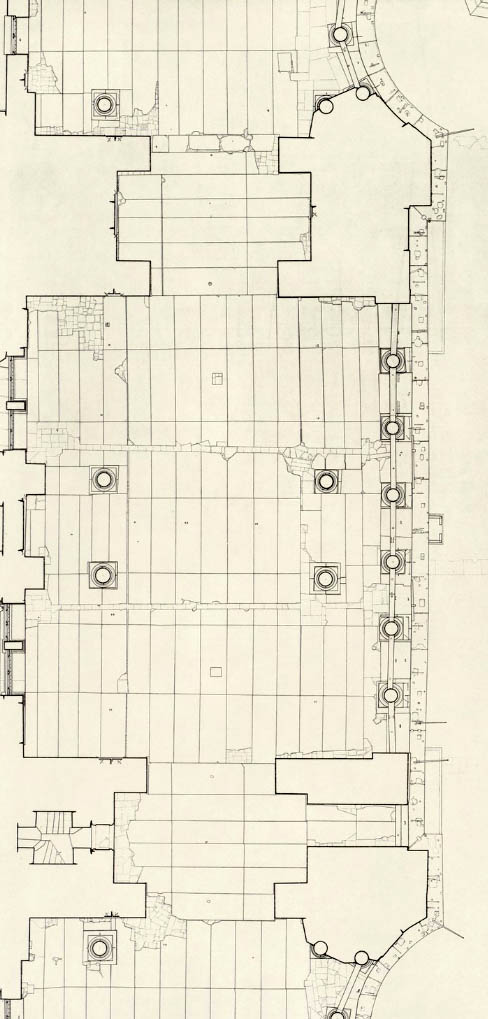
Robert Van Nice has documented almost every detail of Hagia Sophia in the decades he worked in the church. Here is his diagram of the floor of the central part of the North Gallery. The parallel channels that cross the floor were made to insert clamps and rods to protect the building. If you look at the cornice blocks on the right you can see Byzantine iron or brass brackets for the hanging of chandeliers. In the drawing you can also see how the piers were expanded after the first dome collapsed to encompass two of the columns. Today the north and south arches lean out two feet. The image below shows columns now embedded into a pier at gallery level. To see more of Robert's drawings go here.
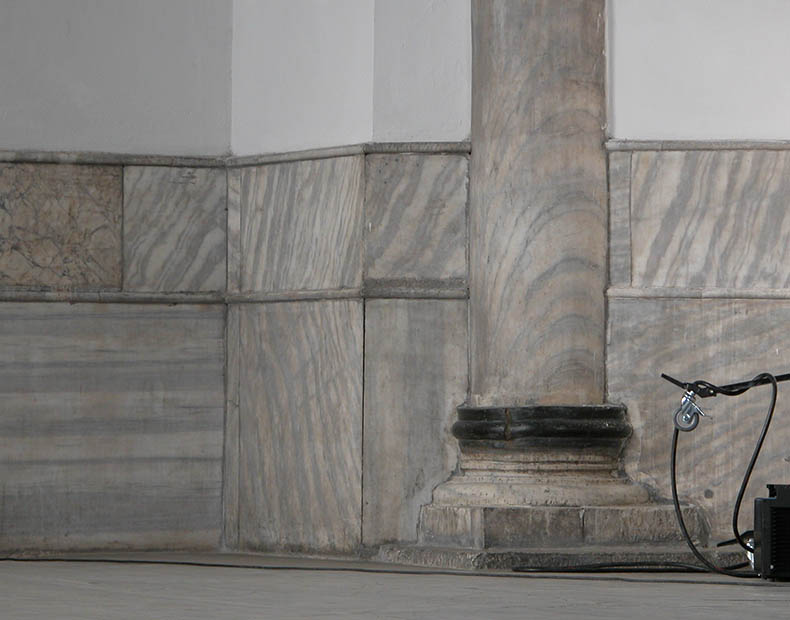
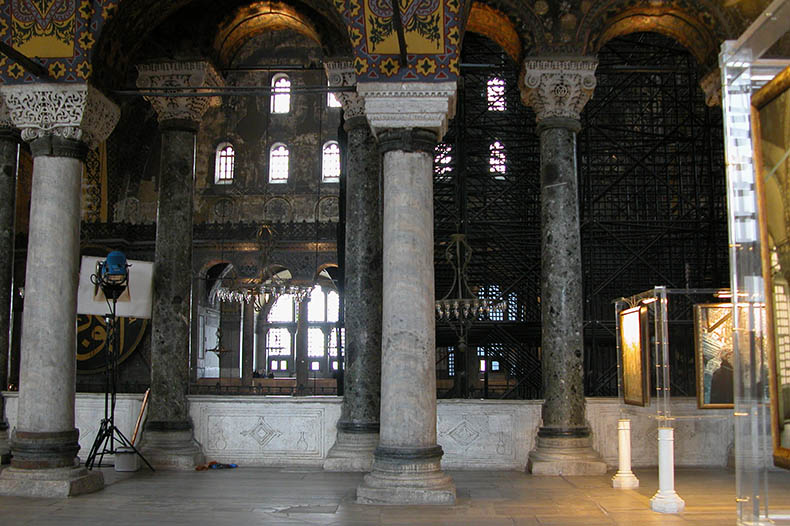
The Proconnesian columns, like these can have really beautiful banding in them. The column capitals are all carved in the same marble and the bases are carved in one piece. All of the final carving was done onsite. The bright in light in the galleries made the work of the carvers easier. While Hagia Sophia was being built and finished a great darkness came over the world due to a Icelandic volcanic eruption in 536 that lasted 18 months. During this time period there were only three hours of daylight and the decorators of mosaic and the carvers had to work in horrible twilight conditions that resulted in irregularities and mistakes that were not visible during the darkness. It caused a terrible famine and helped launch the great plague that killed at least a third of the population.
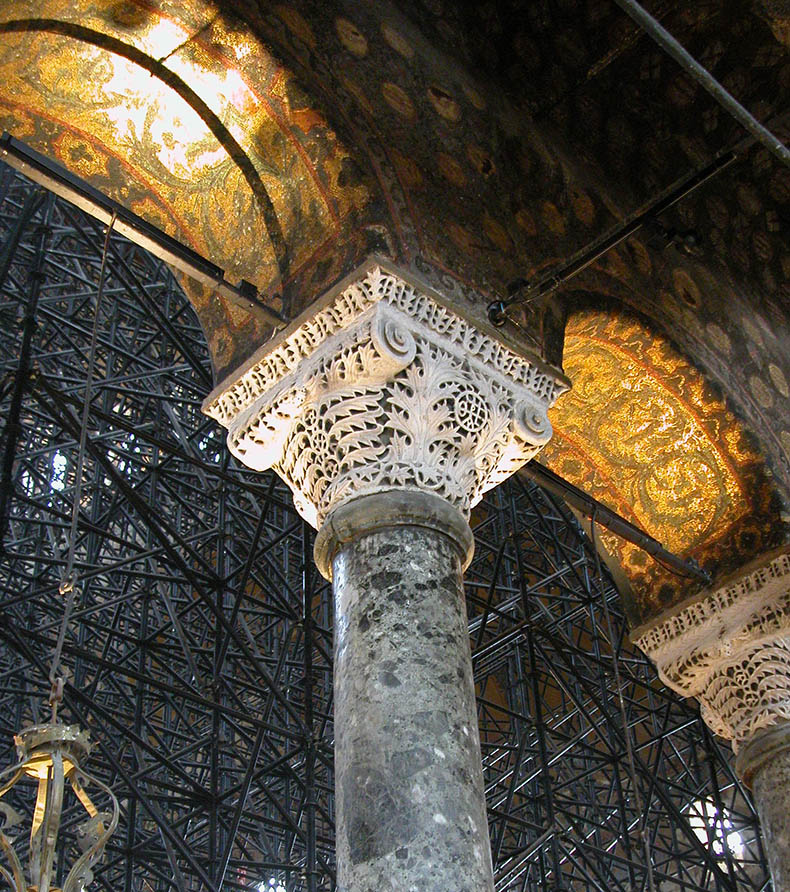
All of the arches in the arcades and exhedra have their original mosaics from the time of Justinian. Everyone of them is unique. These mosaics survived because they were not covered over by plaster and oil paint by the Fossatis in the mid-19th century. This disastrous treatment destroyed most of the mosaics in Hagia Sophia.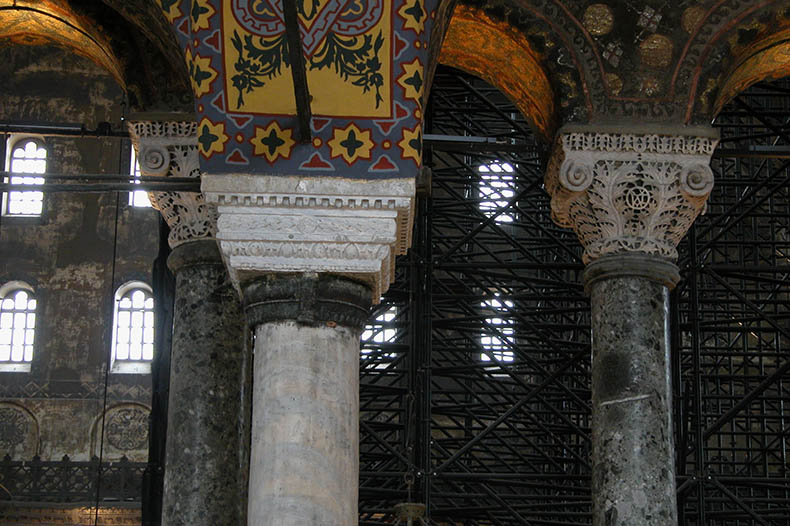
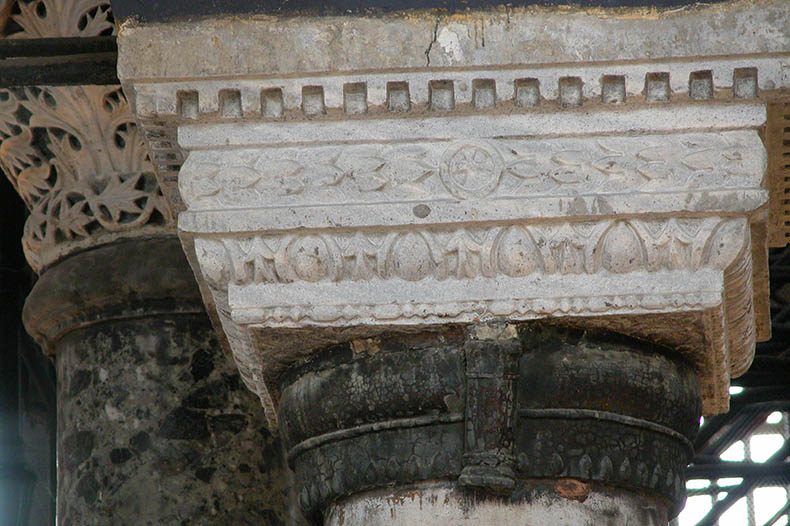
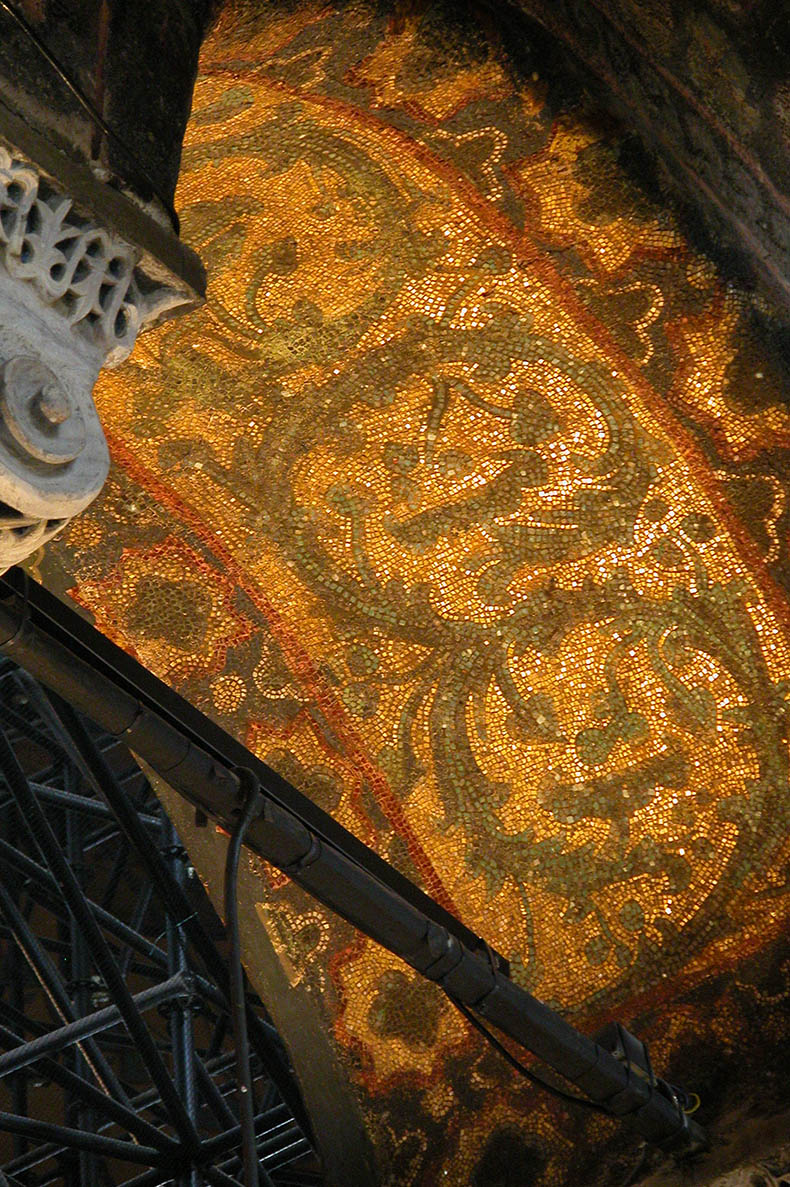
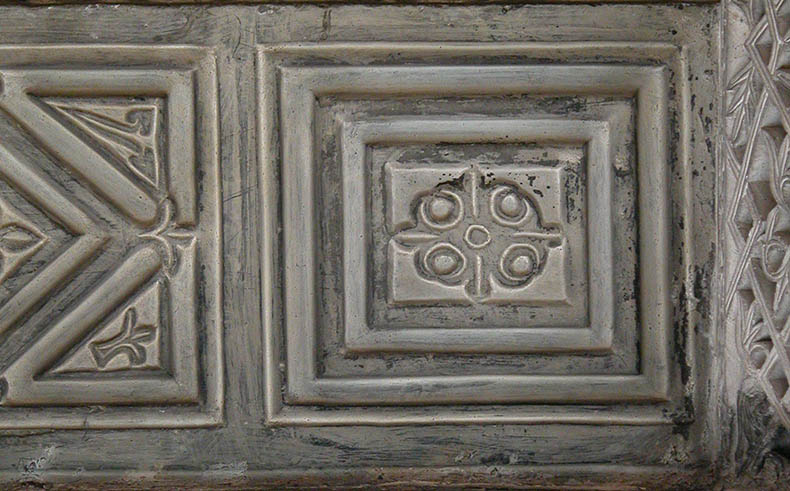
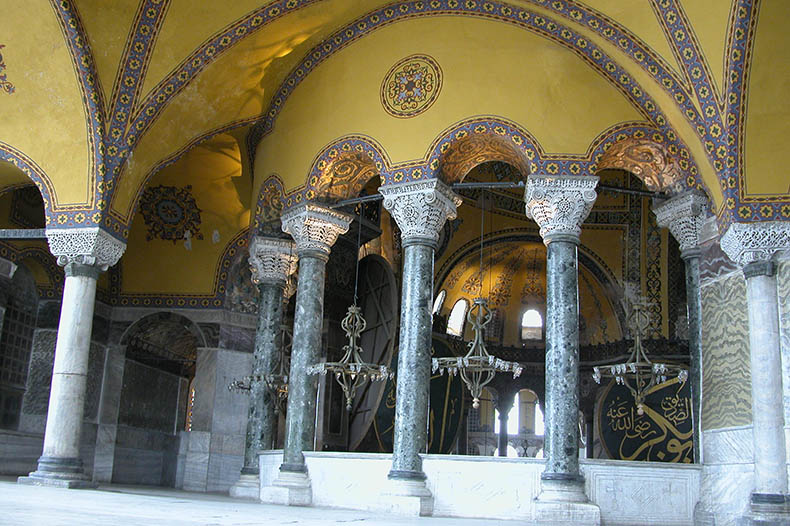
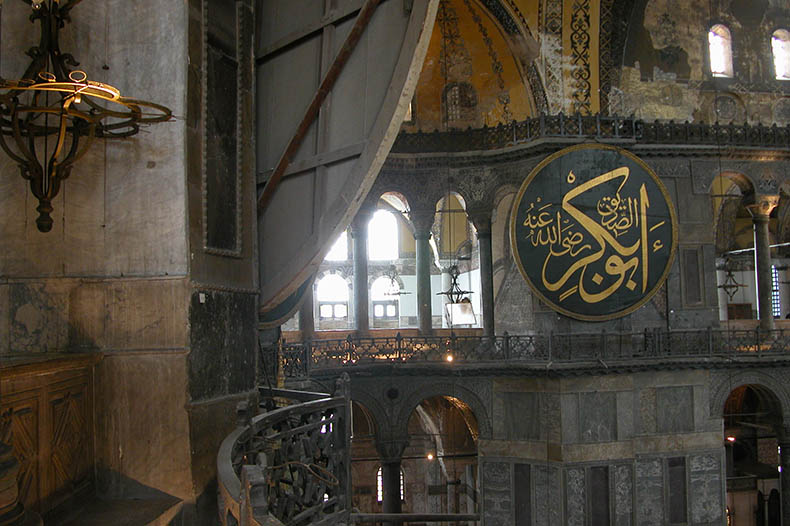




 click here for icons of christ
click here for icons of christ click here for icons of the theotokos
click here for icons of the theotokos click here for icons of angels
click here for icons of angels click here for icons of saints
click here for icons of saints








